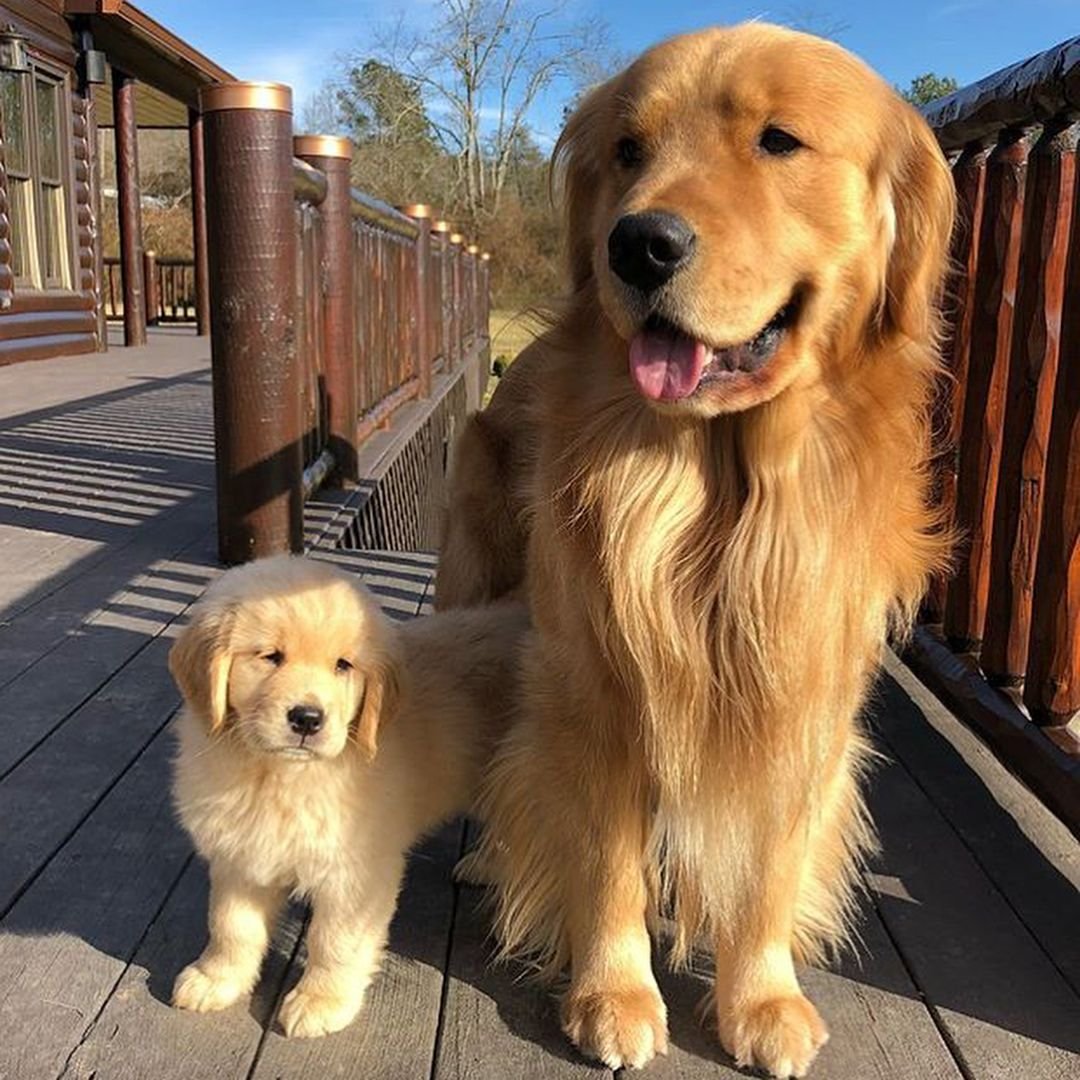
The safety and well-being of both dogs and children is of paramount importance when they coexist in a household. Dogs can be wonderful companions for children, teaching them responsibility, empathy and unconditional love. However, there are important considerations to ensure a safe and harmonious relationship between dogs and children:
Choosing a Breed: Select a dog breed that is known to be compatible with children. Breeds such as Labrador Retrievers, Golden Retrievers, Beagles and Collies are often good choices due to their gentle and friendly personalities.
Age and Size: Consider the age and size of the dog in relation to the child. Puppies and very small dogs may be more fragile and may not be suitable for households with very young children.
Temperament: Assess your dog's temperament and behavior around children before bringing them into your home. Some dogs may have a more patient and tolerant personality, while others may be less tolerant of children's behavior.
Supervision: Always supervise interactions between dogs and small children. Even the best-trained dogs can react unpredictably when provoked or startled.
Teaching Respect: Teach children to respect the dog's space and boundaries. Encourage them to approach the dog calmly and avoid sudden movements or loud noises.
Training: Make sure the dog has basic obedience training and responds to commands such as “sit,” “stay,” and “leave it.” This training helps maintain control in situations where the dog and child are interacting.
Socialization: Socialize your dog from an early age to expose him to a variety of people, including children, and in a variety of settings. Proper socialization can help reduce fear-based reactions.
Handling: Teach children to handle the dog gently and appropriately. Encourage them to pet the dog gently and not to pull its ears or tail.
Safe Play: Encourage safe play between your dog and child. Activities such as searching or gentle tug-of-war can provide exercise and bring people together.
Teaching Empathy: Use interactions with your dog as an opportunity to teach children empathy and responsibility. Discuss your dog's needs and feelings.
Recognizing signs of stress: Teach children to recognize signs of stress or discomfort in a dog, such as growling, licking his lips, or trying to move away. Suggest they back off if the dog shows these signs.
Escape Routes: Make sure your dog has access to a safe space or “escape route” where he can go if he needs a break from being around children.
Regular Exercise: Exercise your dog regularly to help expend energy and reduce the likelihood of anxiety or irritability.
Health: Keep your dog's vaccinations and preventative procedures up to date to protect both your dog and children from potential health risks.
Supervision while eating: Never allow children to disturb your dog while eating, as this can lead to food-protective behavior.
Consistency: Maintain consistency in rules and boundaries for both the dog and children to avoid confusion.
It is important to remember that every dog is an individual, and there are exceptions to breed generalizations. While some breeds may have a reputation for being good dogs with children, it is important to evaluate each dog's temperament and behavior on a case-by-case basis. Responsible ownership, proper supervision and ongoing education for both children and adults are key to creating a safe and loving environment for dogs and children to thrive together.






